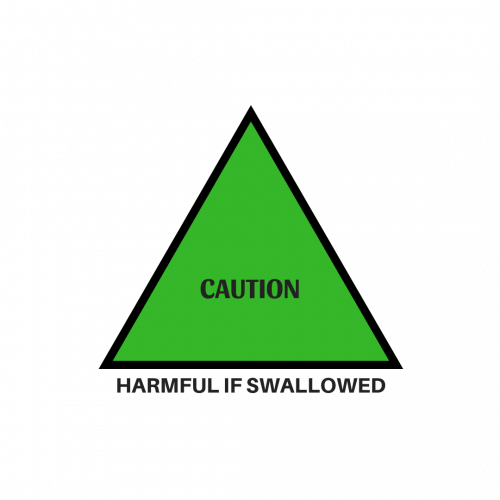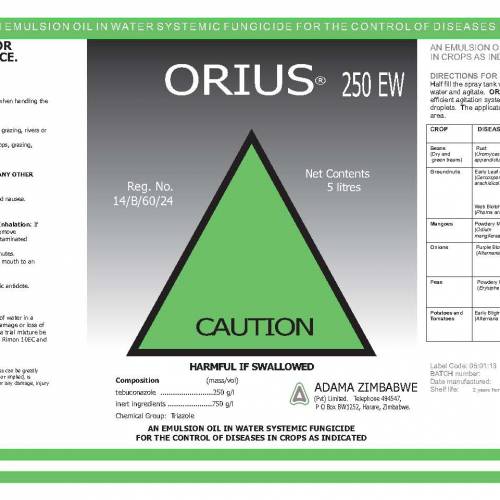Taxonomy: Fungi, Fusarium division Ascomycota.
Description: Fusarium head blight is caused by a range of Fusarium fungi, which infects the ears of the crop, reducing the yield. The disease is often associated with contamination by mycotoxins produced by the fungi already when the crop is growing in the field. The disease can cause severe economic losses as contaminated grain should not be sold for food or feed.
Distribution on the plant: sporadic wheat heads can be partially or fully bleached in colour. Check the base of the plant to ensure the stem has not been damaged by a insect or rodent.
Lifecycle: The presence of Fusarium fungi on crop debris or seed can cause Fusarium seedling blight and foot & root rot. Later, infection of the heads can occur with spores spreading by rain splash from infected crop residues in the field. Another major infection route is airborne inoculum as spores can travel long distances with the wind. The cereal crop is most susceptible at flowering and the likelihood of infection rises with high humidity at flowering.
Monitoring remarks: Check for early signs from flowering on wards. Monitor more frequently once the crop canopy has closed, and during periods of persistent rainfall.
Action threshold: Preventative fungicides that are not from the Strobin chemical group are recommended. Take curative action at early signs of the disease.
Other remarks: Carry out diverse crop rotations. Refer to this link for a more comprehensive over view on identifying and controlling Fusarium head blight.
Contact a Cropserve agronomist for further information.



